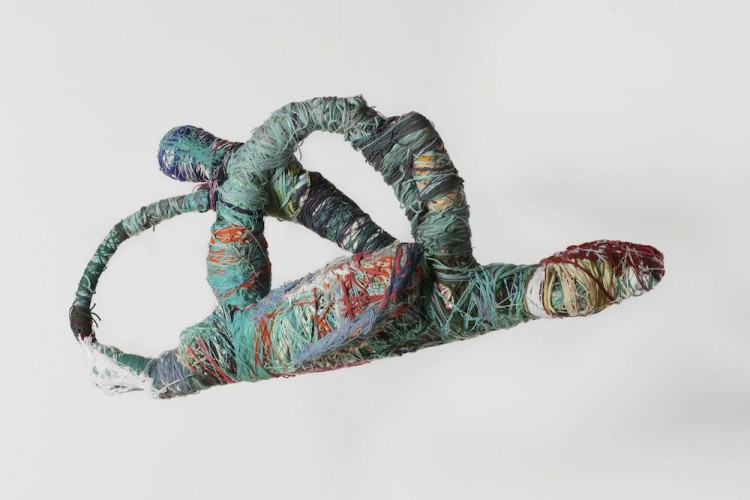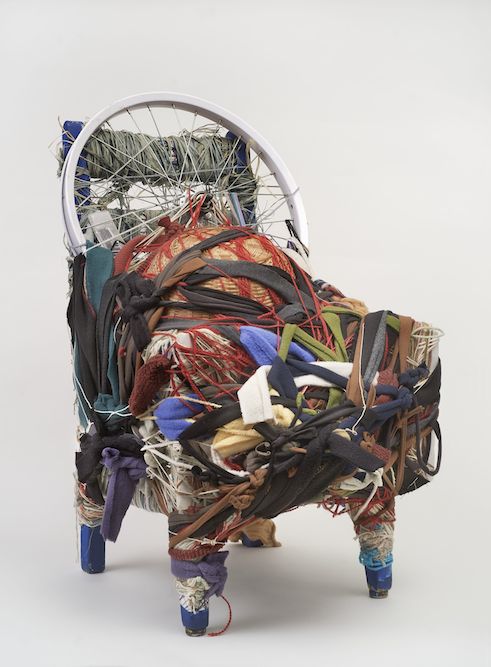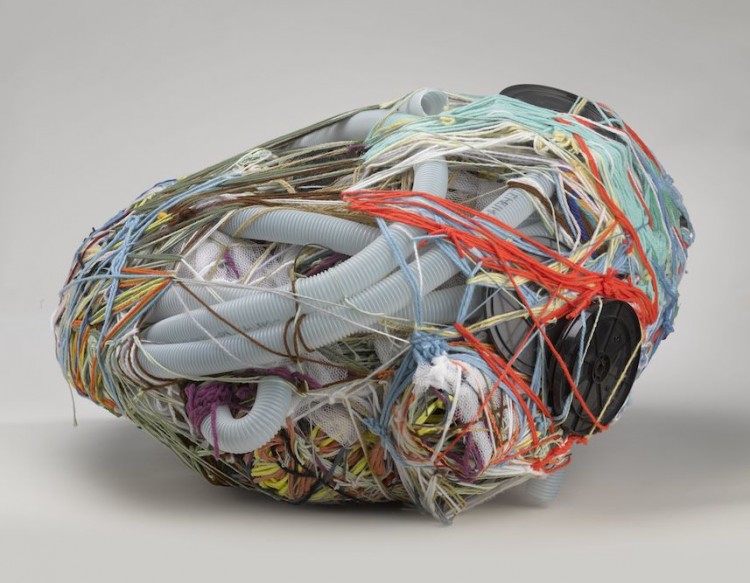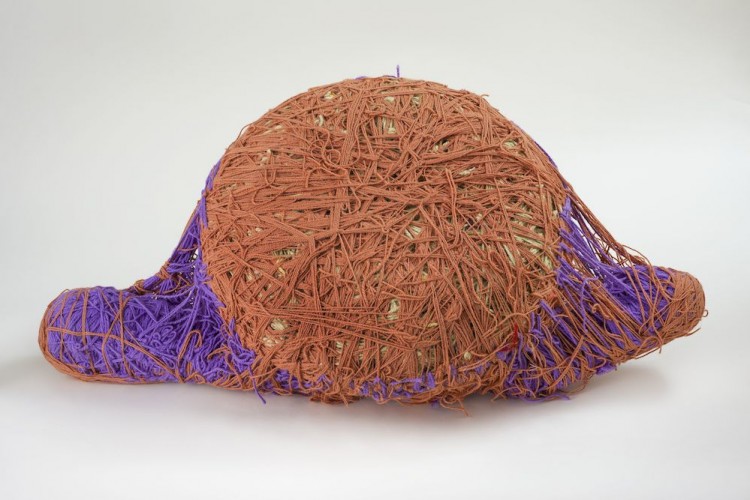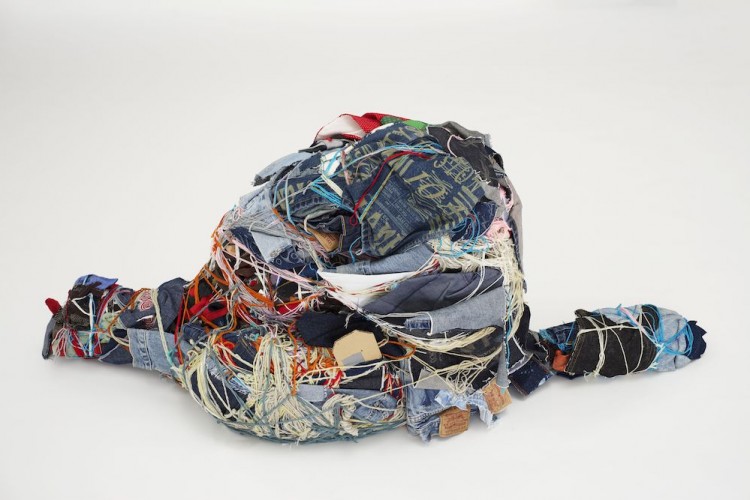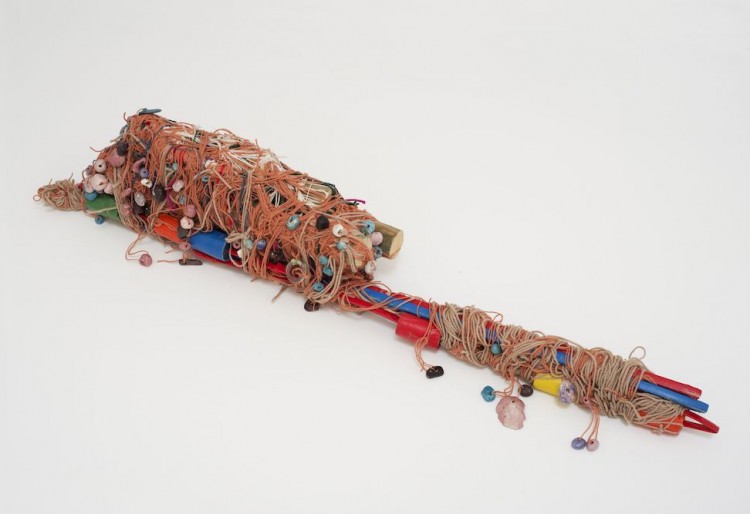This Artist With Down Syndrome Was Institutionalized for 35 Years. Now, Her Work Is World-Renowned.
This artist is a reminder of the incredible contributions to society that we miss out on when we marginalize people with special needs.
Judith Scott was born with Down syndrome in 1944, The New York Times reported. By the age of 7 she was classified as “profoundly retarded” and placed in an institution where she would spend the next 35 years of her life. She couldn’t communicate verbally and it wasn’t discovered that she was deaf until she was in her 30s.
This could have easily been all the world would know about Scott if her twin sister, Joyce Scott, had not become her legal guardian and brought her to live in San Francisco, according to a press release from the Brooklyn Museum. There, in 1987, at an art workshop in Oakland called Creative Growth Art Center, Judith Scott’s talents emerged.
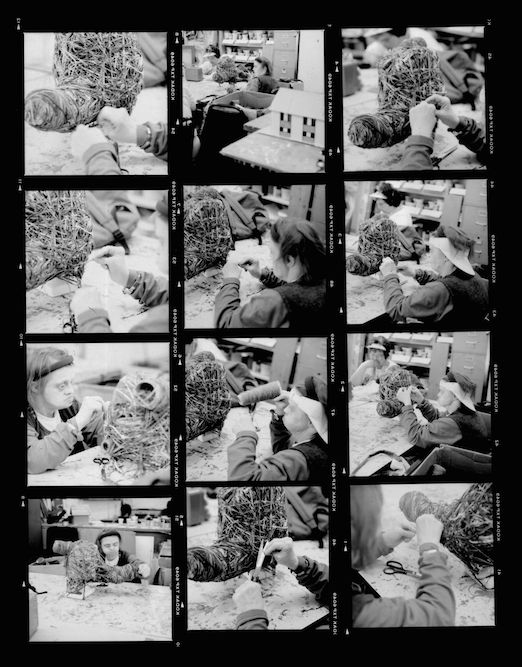
For 18 years, until her death at the age of 61 in 2005, Scott worked on her art with a focused determination. She would tie, weave and bind fabrics and fibers over objects until she’d completely enveloped them, sometimes spending weeks and months on a single project.
Scott worked with all kinds of objects, everything from a bundle of twigs to a shopping cart. Her work has earned her international acclaim and her exhibit Judith Scott– Bound and Unbound was displayed at the Elizabeth A. Sackler Center for Feminist Art in the Brooklyn Museum.
“Although her materials were pretty much determined by what was in stock at Creative Growth at any given time,” Holland Cotter, an art critic, said in the New York Times, “what she did with what she had was her decision alone, and the decisions were genius.”
See more of the pieces on display at the Judith Scott– Bound and Unbound exhibition below:
Want to end the stigma around disability? Like us on Facebook.
And sign up for what we hope will be your favorite thing to read at night.

